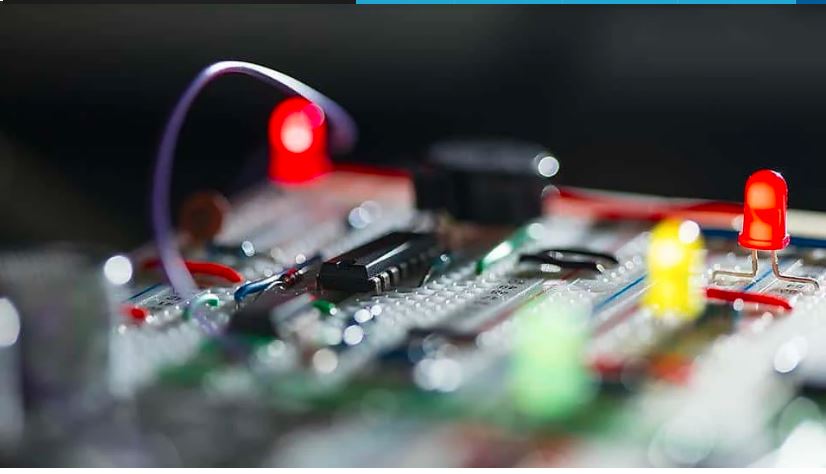There are ‘n’ number of fields that have seen wide applications of robots. Be it manufacturing, healthcare, entertainment, transportation, tourism, education or any field for that matter, all of them have had huge reliance on robotics so much so that even today, the dependency is significant. Though the use of robotics has eased a lot of problems on the technical front, there are still a set of challenges that need to be taken into account like data security, inter-robotic communication, and unmanned navigation, to name a few. It is exactly here that blockchain technology comes into play. The blockchain technology stands the potential to solve some of these significant challenges/issues. Read on to find out the impact of blockchain technology on robotics.
Getting straight into the facts – no wonder robots are becoming increasingly popular, smarter, and cost-effective as well. However, what cannot be overlooked is the fact that there are a majority of instances wherein robots do require human supervision for optimal functioning. Here, blockchain technology serves to be no less than a savior as it helps robotics to take a step further towards complete autonomy, where they can operate without much human intervention. When blockchain is used as a communication tool for robots, there is naturally an inclusion of safety and security against deception. Undoubtedly, when communication is secure, the robots can accomplish their designated tasks. Considering heavy reliance on robotics to achieve business objectives, there would be a time when robots are required to develop and maintain economic relationships. Blockchain is the answer to the economic and technological difficulties that arise over the course of time.
In simple terms, a blockchain is a public ledger whose information is stored in consecutive “blocks” of information. On the brighter side, this information is protected by a consensus algorithm.
With advanced encryption techniques such as cryptographic digital signatures and cryptographically secure public-key cryptography that form an integral part of the blockchain, the users can stay assured of the optimum security for data across shared channels. The information shared is highly secured for the fact that its accessibility is controlled by the specific private key available to a robot.
With blockchain technology in place, a pair of public and private keys can be assigned to each robot in the group, considering the case of swarm robots. Here, the public key can be the foremost information available about a robot whereas the private key can identify a robot before initiating the communication. Today, it is very much possible to deploy robots to exchange goods, services, and resources with a person or with a machine – thanks to blockchain. Well, there is more to this. Robots can now make use of smart contracts to sell their services to humans, thereby eliminating the need for any third-party authentication.
Finding the best way for a set of robots to accomplish a common task has always been a challenge. Possibly, one of the best solutions to employ would be to opt for a market mechanism, leveraging game theory, decision theory, and economic mechanisms to assign work. Yet again, it is the blockchain that would help in building this mechanism. Well, not just that – the blockchain technology can be explored further to enable the precise planning of tasks, evaluate results, and distribute resources as well.











